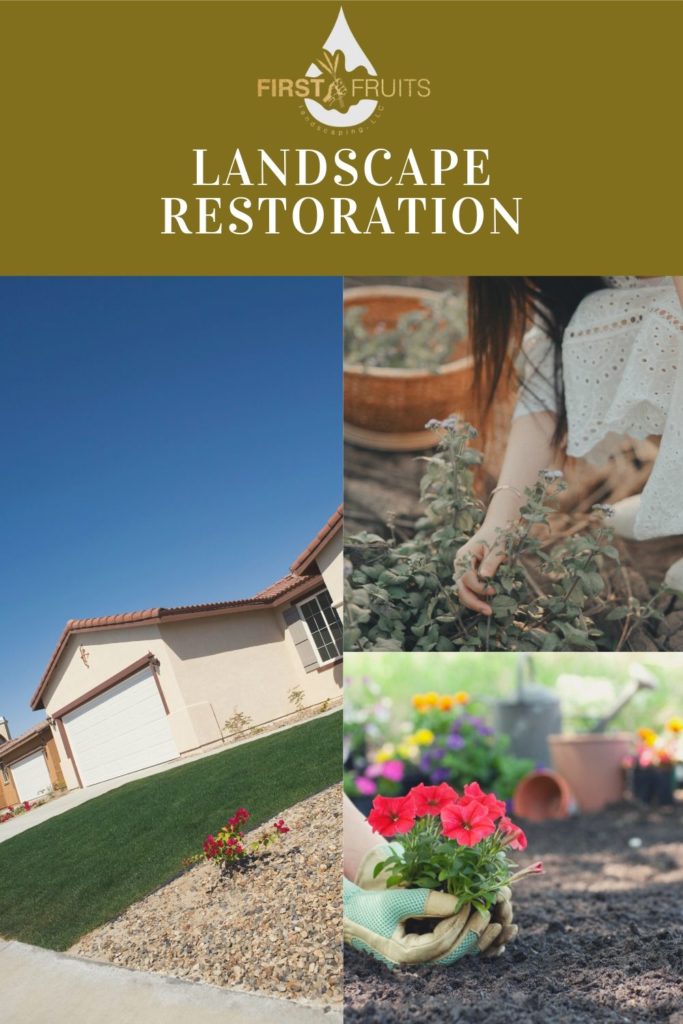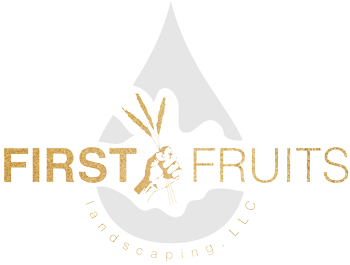What is landscape restoration?
Landscape restoration is a planned process that aims to regain ecological integrity and tailor the property to local zoning conditions and for the overall well-being of the homeowner a property owner. It is restoring the landscape back to its original intent, either naturally or for the benefit of the homeowner.
Most of the time the term “landscape restoration” refers to forest restoration but in the landscaping community, that’s not necessarily what it means for our industry. Homeowners are property owners often use the term landscape restoration in regards to restoring curb appeal or the landscape of a property back to a tidy and attractive design.
This is not to be confused with forest landscape restoration. “This is an ongoing process of regaining ecological functionality and enhancing human well-being across deforested or degraded forest landscapes. It’s more than simply planting trees, it’s a restoring an entire landscape to meet present and future needs and offer multiple benefits and land uses over time“. [Source]
For homeowners, this can also mean water conservation, wildlife preservation and restoring the landscape back to its native plants. A better term for individual homeowners could be “curb appeal restoration”. A lot of people may purchase a home where the landscaping has been neglected for months or even years and it will need to be brought back into a restored state. While this might be as simple as mowing the lawn and trimming the edges, it could also mean a greater undertaking such as digging up the yard, reseeding the ground, installing irrigation systems, replacing or repairing fences and retaining walls, adding new mulch, planting new trees, or shrubs, and generally restoring the property to an attractive state.
Additional: Urban Design or Landscape Architecture?
How to begin landscape restoration on a property.
#1. Identify hazards.
I first want to identify any major hazards such as dead or dying trees, encroaching trees, any drainage problems, or damaged structures.
#2. Open up sightlines.
You want to have a clear line of sight throughout your front yard for visual appeal and safety. Remove any major trees, shrubs, or plants that block the view from windows and doors. Having a clear view of the front of the house is key to good curb appeal.
#3. Toss the old.
It’s time to get rid of things you just don’t have time for such as high maintenance plants, plants you’re tired of, hardscape structures and damaged materials.
#4. Decide how much you’re going to do yourself.
If you’re looking at a major landscape restoration talk to us about what you’d like to complete yourself and things you would like the pros to handle. Removing large trees, tearing up large portions of your lawn, demolishing a deck or patio, or tearing down unstable walls and fences should be left to the pros for your own safety.
#5. Make a plan before you attack.
Keep current trends in mine and determine a rough layout of what you want your landscape to look like when complete. If you are developing landscaping from scratch, having a professional landscaper for at least some of the work will take the burden off of you and make sure all things are done correctly from the beginning.
#6. Don’t neglect maintenance.
When you’re planning a landscape restoration consider maintenance. Is this something you’re going to maintain or something your landscape professional will do on a monthly basis? How much maintenance do you want to undertake?
If you’re ready to bring your landscaping back into the 21st century with a complete restorative project, give us a call. We’d be happy to come out and offer a free quote, tips, advice, and suggestions on how to restore your landscaping to the beauty it once was.

